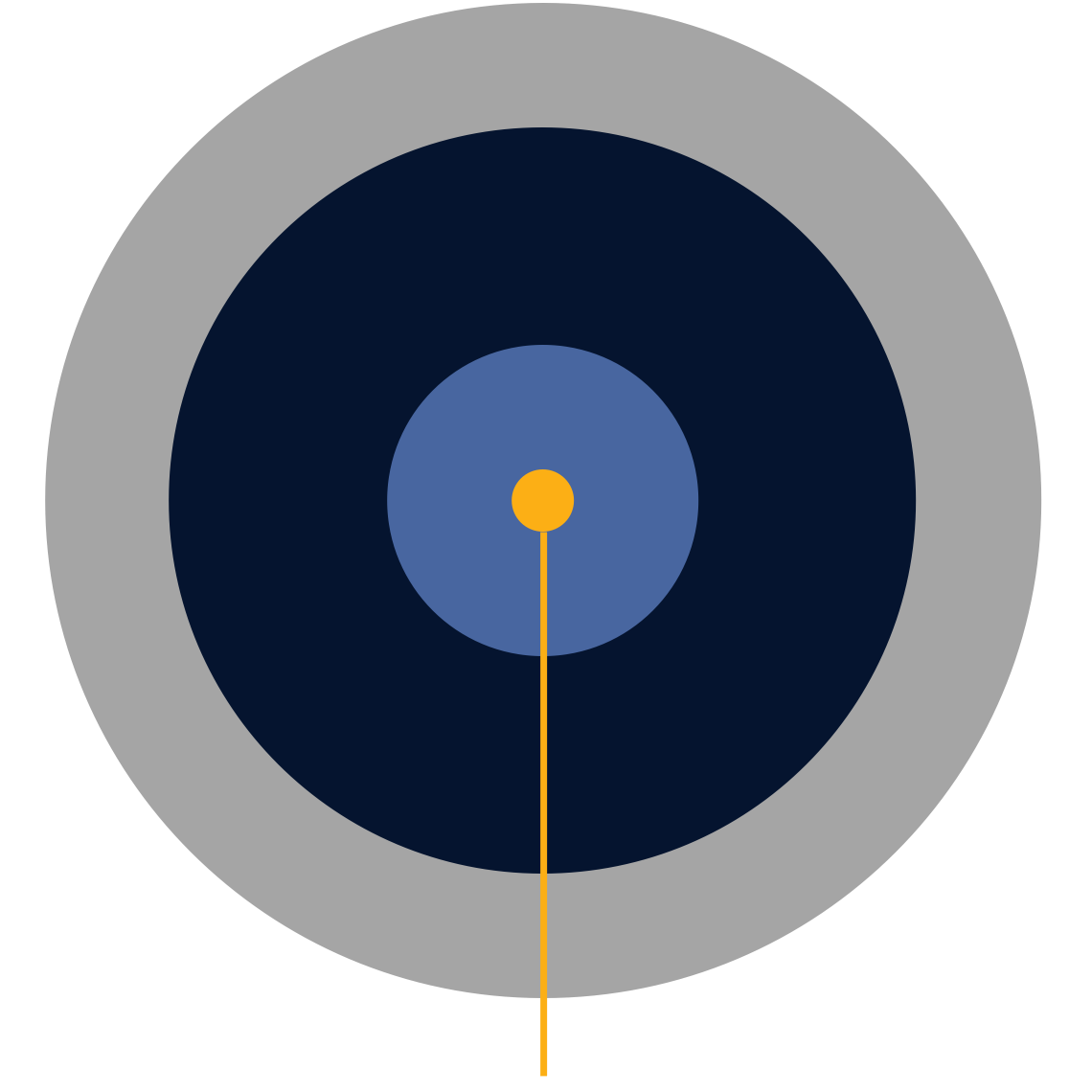Cybersecurity for the Maritime sector
With more than 80% of global trade transported by sea each year, the maritime sector forms a vital link in the global economy.[1] And as the industry embraces digital technologies - integrating IoT technologies, connecting IT and OT systems, and exploring autonomous capabilities - it becomes a bigger target for cyber attacks.
Dutch maritime organizations are at the forefront of this technological evolution. Since the 1980s, the Netherlands has invested heavily in maritime R&D, becoming a global leader in smart shipping and high-tech port infrastructure. But this leadership brings exposure. Threat actors from China, Russia and Iran are well known to target the maritime sector to obtain commercial and/or intellectual advantages, while the Port of Rotterdam lies in the crosshairs of geopolitical conflicts due to its strategic and economic importance.
How can you address this growing threat?
There is this legendary saying on how to overcome your adversaries: 'know thy enemy and know yourself; in a hundred battles, you will never be defeated'. This starts with gaining an understanding of your threat landscape, your adversaries’ intentions, their modus operandi, and specific attacking methods. This page outlines the key threats facing the maritime sector today, along with effective methods for defending against them.
Request a free membership to access our full research insights
Already a member? Login here
Threat landscape
For the maritime industry
Advanced Persistent Threats (APTs)
Tactics, Techniques & Procedures (TTPs)
Attack tools
| Maritime | Maritime + related | Broader focus | All known | |
|---|---|---|---|---|
| APTs | 94 | 121 | 512 | 801 |
| TTPs | 1,674 | 2,123 | 3,541 | 4,112 |
| Attack tools | 1,474 | 1,821 | 3,027 | 3,666 |
Maritime faces more cyber threats than ever
To stay in control becomes more difficult
Data from Hunt & Hackett’s proprietary Threat Diagnostic System shows a marked increase in cyberattacks targeting the maritime sector in recent years - a trend driven by the industry’s strategic, economic, and geopolitical significance. State-sponsored Advanced Persistent Threats (APTs) target maritime organizations to gain access to critical technologies, intellectual property, and sensitive operational data. These attacks are often part of broader geopolitical strategies, aimed at gaining long-term economic and strategic advantages.
At the same time, the sector’s pivotal role in global trade makes it an appealing target for financially motivated threat actors. Ransomware groups and cybercriminals understand that even short-lived disruptions to port operations or shipping schedules can have massive financial consequences, making maritime organizations particularly vulnerable to extortion-based attacks. Adding to this, hacktivists and other politically motivated actors have turned their attention to the sector in recent years, seeking to disrupt maritime operations to send a political message. Together, these threats not only jeopardize the continuity of global trade but also pose serious risks to the safety of crews at sea.
Actors and their motivation
The most active attack groups targeting the maritime sector are shown in the chart below, along with their corresponding motivations.
Knowing the APT groups, their motivations and origin countries provides a solid starting point for understanding what you are up against. To get a more comprehensive understanding of the threat landscape, it is important to research, map, and document your adversaries’ intentions to their modus operandi, attack methods and attack tools, as this provides more actionable information for strengthening your defences.
How it works
Threat landscape for the maritime sector
More detailed information on the threat landscape for this sector?
Already a member? Login here
Our articles about the maritime sector
From Hunt & Hackett experts
Our approach
Controlling your cybersecurity risks
In their fight against cyber attacks, our customers typically go through several stages of maturity. By ramping up their prevention, detection and incident readiness over time – and optimizing this for their actual threat landscape – they reach a point where they have developed solid resilience against targeted attacks, with only highly controlled and accepted risks remaining.
There is no simple 'fix' to become resilient against the sophisticated cyber threats of today. Without serious resources or processes for systematic security activities, protection against modern cyber threats like ransomware is just a wish. Hunt & Hackett has developed a unique threat- and sector-driven approach to cybersecurity, enabling you to work from your current situation to a highly improved and controlled situation, optimized for your specific threat landscape and context as an organisation.

STAGE 1: Unknown risk
Pre-monitoring
-

STAGE 2: Reduced risk
Post-monitoring
-
Detection & response controls
Resilience against non-targeted attacks

STAGE 3: Controlled risk
Implemented roadmap
-
Resilience against non-targeted and semi-targeted attacks

STAGE 4: Highly controlled risk
Targeted attack resilience
-
Our services
Optimized for the maritime industry
Because we use your actual threat landscape and your sector as our starting points, our services are optimised for your specific context and needs.
Managed Detection & Response (MDR)
We detect & react to attacker activity in your environment, minimizing the impact on your business.
Security Program Gap Assessment (SPGA)
We assess your current security program, threat landscape, security controls and risk.
Incident Response (IR)
We help you manage a cyber crisis and contain security incidents, breaches and cyber threats.
Breach & Attack Simulation (BAS)
We validate your security choices by simulating attacks.